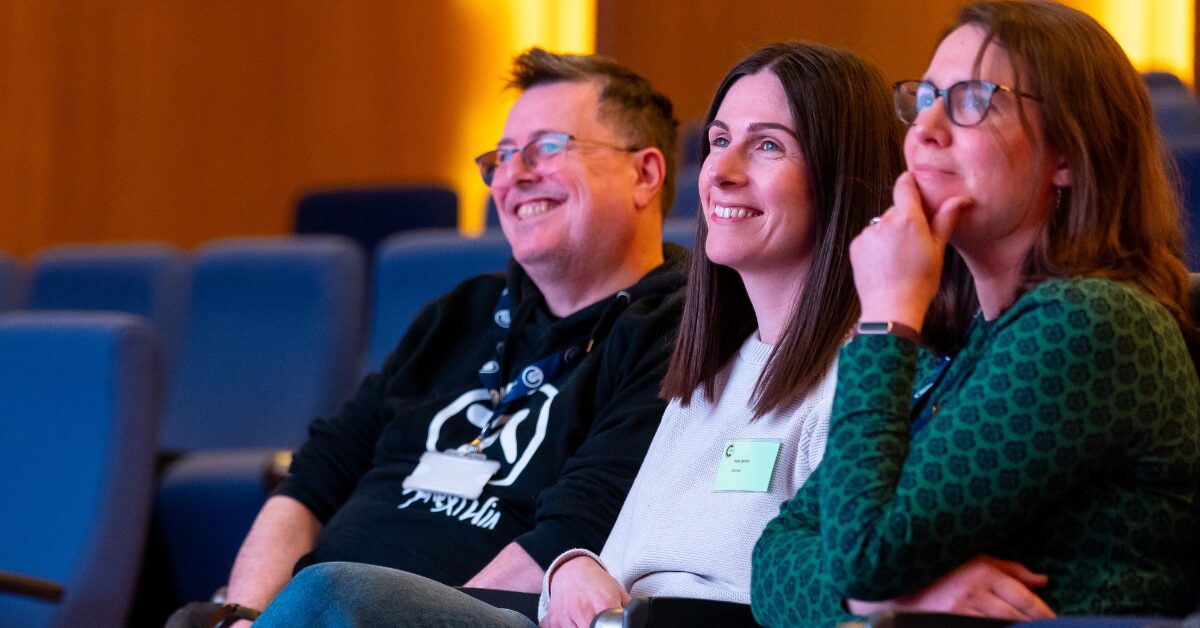Example of best practice on CORD #2 – using video
13/02/2019

The second in my series of favourite items on CORD is the video “When is CO most dangerous“. It’s under four minutes and summarises the initial findings on the production of CO as charcoal burns. I spoke to the creators, Antony Nyombi and Roland Wessling, to find out more…
The video was created for a event of the All-Party Parliamentary Group on carbon monoxide. Each scientific subgroup meeting ends with short presentations on recent work, generally the standard PowerPoint. This video was created to present these findings in a more engaging way and this was very successful in the meeting. Although it’s aimed at a technical audience, it is also understandable to non-chemists and the information is easier to digest in this format. As the focus was on awareness-raising campaigns, it was also a nice teaser for what might be possible (this video is too long for that purpose, but shows the possibilities). Roland added that videos are useful in teaching, too, as many students follow them more easily and they add more variety and engagement to lectures.
Was it hard to create, though? I was actually pleased to hear how easy this process was from start to finish. The video of the charcoal burning had been created during the research project anyway, so it was a short afternoon task in iMovie/Keynote to add the data and whip it into shape, and then minutes to upload it to CORD. Antony was pleased to have a platform like CORD for so easily sharing results – it’s especially useful for doctoral researchers to be able to publish preliminary outputs during their work. The figshare platform is fantastic for media, too, as users can watch the video straight in the browser, and the researchers can see the view and download stats there, too.
I’m looking forward to more people taking advantage of CORD to publish a variety of outputs. Maybe yours will be the next figshare cup winner in this series! (And if you missed it, read the first best practice item here.)
Georgina Parsons, your Research Data Manager and Figshare Cup Distributor
Photo of Antony Nyombi at work
Categories & Tags:
Leave a comment on this post:
You might also like…
Mastering the art of revising your writing
You’ve done the research and written your first draft. Now it’s time for one of the most crucial jobs as a writer - revising your writing to ensure your reader does not have to work ...
A ‘hands-on’ take on warehouse design as part of my Logistics and Supply Chain MSc
As part of my core module for my Logistics and Supply Chain Management MSc, I had the amazing opportunity to work on a warehouse design project a few weeks ago. The problem statement for ...
Thinking about your literature review?
As part of your PhD or Master’s thesis, you will probably have to write a literature review. A successful literature review will offer an analysis of the existing research in your field, demonstrating your understanding ...
A beginner’s guide to sourcing a company beta
Beta is the measurement of a company’s common stock price volatility relative to the market. If you’re trying to find a current beta for a company there are a number of places to look. These ...
Credibility, confidence and collaborative focus: The impact of studying for a sustainability apprenticeship at Cranfield
For participants on Cranfield’s Sustainability Business Specialist Apprenticeship, it doesn’t take long for their studies to start to have an impact, with that impact ranging from personal growth and career progression, to organisational effect ...
Meet Mendeley: a powerful referencing tool that does the hard work for you!
Are you looking for a way to manage your references, create in-text citations and reference lists for your assignments or thesis? If so, you may wish to consider using Mendeley. What is it? Mendeley is ...






